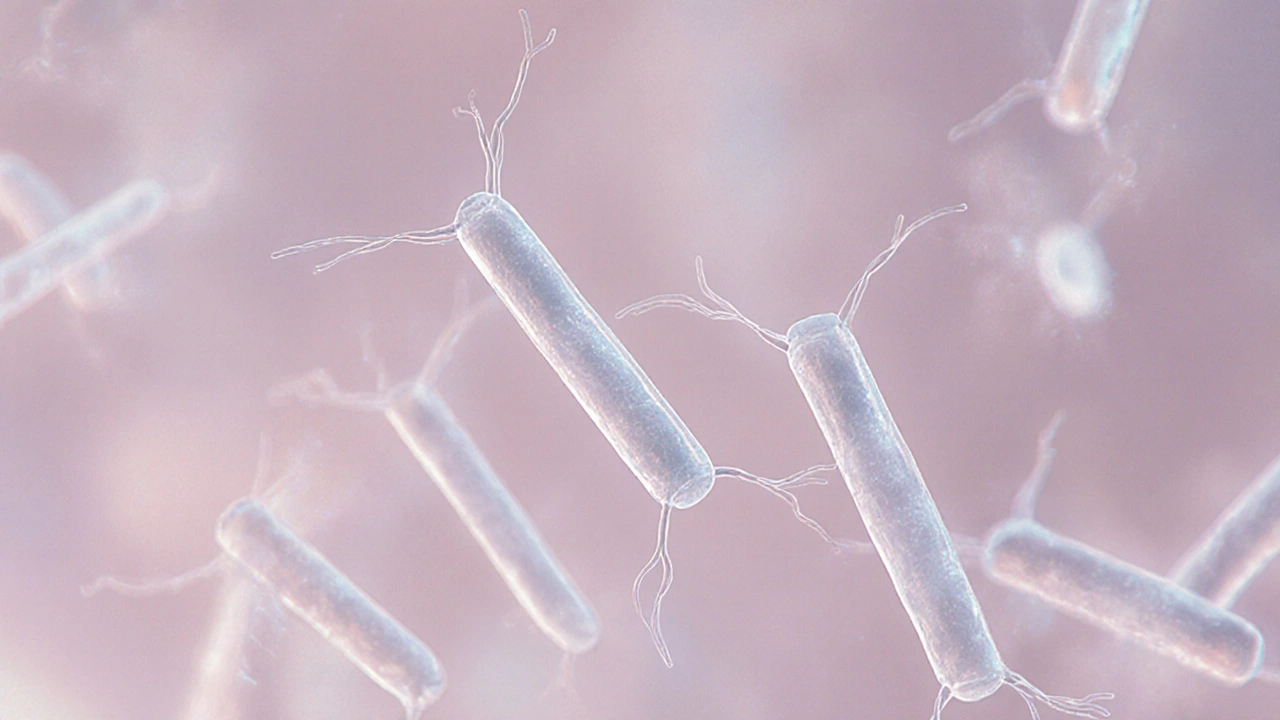When talking about vaginal pH, the level of acidity inside the vagina, typically ranging from 3.8 to 4.5. Also known as vaginal acidity, it plays a key role in keeping the area healthy. A balanced pH creates a hostile environment for harmful microbes while letting friendly ones thrive. In everyday life, knowing your vaginal pH can explain why you sometimes feel irritation, odor, or unusual discharge.
One of the main guardians of a healthy vaginal pH is Lactobacillus, a group of good bacteria that produce lactic acid to keep the environment acidic. When Lactobacillus numbers drop, the pH can rise, opening the door for bacterial vaginosis, a condition where harmful bacteria outgrow the good ones, often causing fishy odor and discharge. On the other hand, if the pH stays too low, it may encourage yeast infection, an overgrowth of Candida that thrives in slightly more neutral environments, leading to itching and thick discharge. Simple pH testing strips let you see where you stand in a few seconds, turning a vague feeling into clear data you can act on.
Beyond microbes, several everyday factors shift vaginal pH. Hormonal changes during the menstrual cycle, pregnancy, or menopause can swing the acidity up or down. Sexual activity introduces semen, which is alkaline, temporarily raising the pH until the body restores balance. Even the products you use—scented soaps, douches, or tight synthetic underwear—can disturb the natural environment. Understanding these links helps you predict when you might be more prone to irritation or infection, and lets you adjust habits before problems surface.
Below you'll find a curated set of articles that dig deeper into each of these topics. Whether you want to compare pH‑testing methods, learn how Lactobacillus supplements work, or explore lifestyle tweaks to keep the balance in check, the collection offers practical advice and clear explanations. Dive in to see how a simple measurement can guide smarter choices for comfort and wellness.

Learn practical steps to keep your vaginal pH between 3.8‑4.5, boost Lactobacillus, choose the right foods and habits, and prevent bacterial vaginosis.